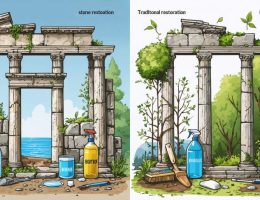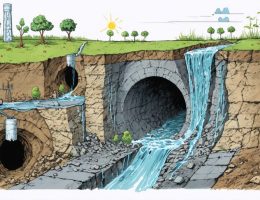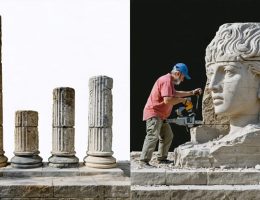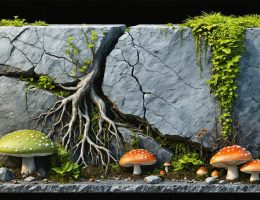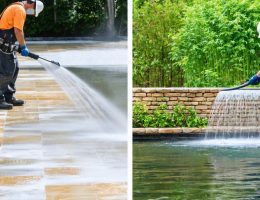The accelerating pace of climate change poses an unprecedented threat to our stone buildings and monuments, transforming centuries-old weathering patterns into aggressive decay cycles. As global temperatures rise and extreme weather events intensify, traditional stone preservation methods no longer suffice. Natural stone surfaces now face amplified chemical reactions from acid rain, increased freeze-thaw cycles, and unprecedented biological growth – all directly linked to our changing climate.
This evolving challenge demands a fundamental shift in how we approach stone conservation. While historic buildings have weathered …


